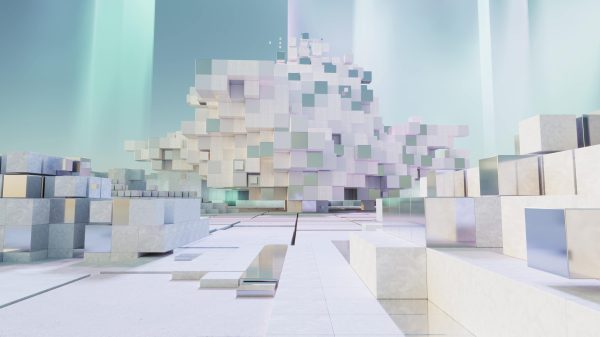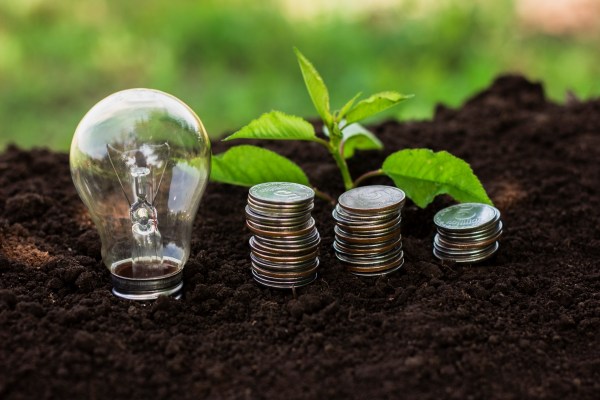Before diving into the vast ocean of possibilities that Web3 offers, it is necessary to understand its essence. Web3 is the third generation of the World Wide Web (WWW), and its main characteristic is decentralisation. Unlike the traditional Web, there is no centralised control by companies or organisations. Instead, power and decision-making is distributed among users. This allows for greater transparency, security and participation in the creation and management of content on the web. Web3 seeks to provide a more equitable and democratised environment for communication, collaboration and information exchange.
The need for change
But why do we need this change, and what can this new internet do to improve our ecosystem? Our world faces enormous challenges: from exponential population growth to the devastation of terrestrial and marine ecosystems. The unequal concentration of wealth, as illustrated by the Global Wealth Pyramid, is also part of this complex puzzle (1.1% of humanity owns 45.8% of the world’s economic wealth).

Now, imagine Web3 as a superhero ready to take on all these challenges. But how exactly can it do this? Web3 deploys its transparency layer, enabling clearer data collection and analysis. The result? Efficient tracking to ensure that reductions in emissions and environmental impacts actually occur.
Web3 projects are being developed to become advocates of more efficient and sustainable energy, driving decentralised peer-to-peer energy networks to optimise consumption and reduce costs from renewable energy systems.
Smart Contracts – a special type of instructions stored on the blockchain that have the ability to self-execute actions according to a set of parameters – enter the scene, automating processes linked to climate change, from tracking emissions to encouraging green practices in an immutable, transparent and completely secure way.
Effective global coordination to tackle climate change
Imagine effective global coordination to address climate change. Web3, with its decentralised structure, allows us to use local knowledge and actors to guide policies and allocate funds effectively. The result? A more agile approach tailored to specific, local needs, as well as better and more effective redistribution of funds and policies.
There are also exciting projects that allow us to see how this use of Web3 is already becoming a reality:
- In agriculture, blockchain transparency builds trust between producers and consumers. By tracking production stages in real time, consumers can know the provenance of food, encouraging sustainable agricultural practices and reducing the environmental footprint.
- On the marine side, Web3 partners with organisations such as the World Wildlife Fund to combat illegal fishing. The blockchain enables transparent and verifiable recording of fish catch information, and consumers can access this data by simply scanning a QR code on the product, ensuring the sustainability of their consumer choices.
- In addition to these applications, Web3 has a positive impact on waste management. Traceability of products through blockchain facilitates efficient sorting and recycling of waste, helping to reduce environmental pollution and promoting a circular economy.
- In the energy sector, Web3 projects are transforming energy generation and distribution. Decentralised grids allow energy to be produced locally from renewable sources, reducing emissions and improving the resilience of communities to extreme weather events.
A good example at Telefónica is the Living App “Compensate your footprint“, where we combine blockchain technology, data, our digital infrastructure, tokenisation… to allow the customer, in a very intuitive and simple way, to compensate from the TV the carbon footprint generated by the services they have contracted with us, in projects of high environmental impact, nearby, traceable through blockchain, and within the tokenisation project, reinforcing Telefónica’s commitment to care, maintenance and improvement of the environment and making the customer, in a reliable way, an active part of the change.
Despite these promising possibilities, we must recognise that we are still exploring the full potential of Web3 in the environmental domain. The task is monumental, but the decentralised and interoperable nature of Web3 opens up new avenues to address this enormous challenge.
The world of Web3, from non fungible tokens (NFTs) to decentralised finance and a whole range of blockchain-related activities, is expanding rapidly: we are in the early days of Web3 efforts aimed at environmental conservation, and the big question is how do we ensure that this technological evolution focuses on human and environmental well-being?
The future of how we should build and act with regard to the evolution and development of Web3 is something we are all responsible for, regardless of our role in the ecosystem: every investment, every process, every service, every line of code… must have a positive impact for humans (social, economic) and for the environment.
We are building the future, and in this journey towards sustainability, every interaction counts. Are you ready to be an architect of change?







